The Current Paradigm of
Chronic Diseases
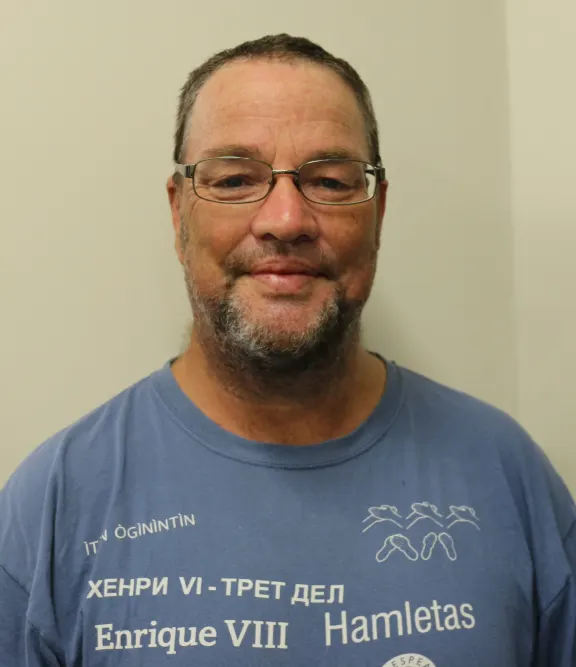
If you want your life to be a magnificent story, then begin by realizing that you are the author and every day you have the opportunity to write a new page."
Mark Houlahan
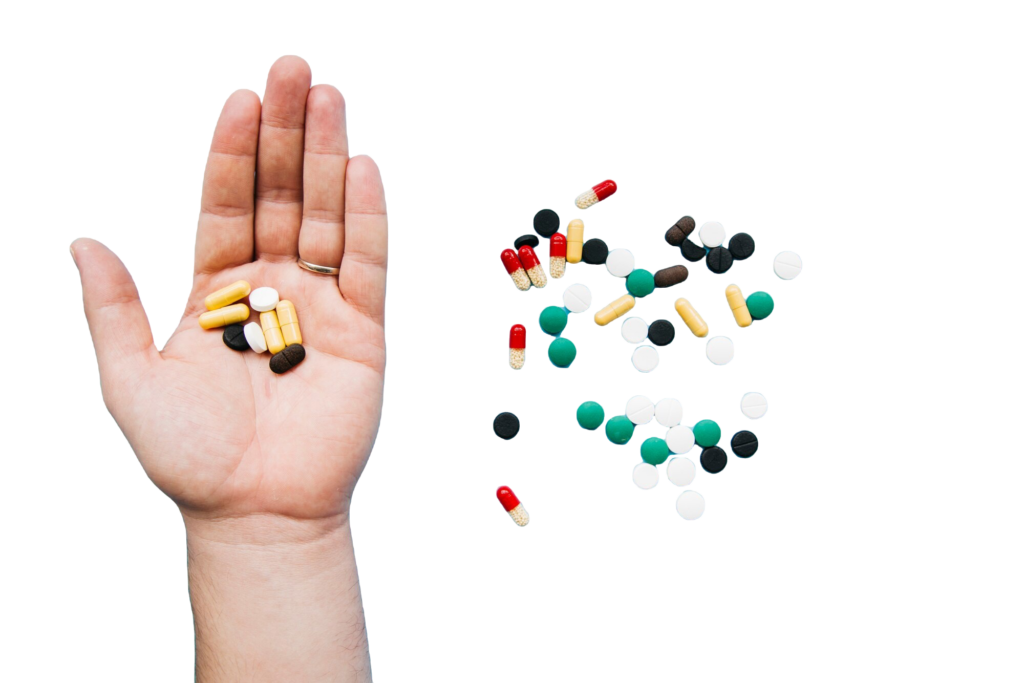
The current paradigm in medicine says that we must find some chemical (drug) that will remove your symptoms if you are sick. If we cannot find such a chemical, we surgically remove the offending part and throw it away. If that does not work, we have nothing more to offer except pain pills and sedatives. This is called “standard-of-care” medicine.
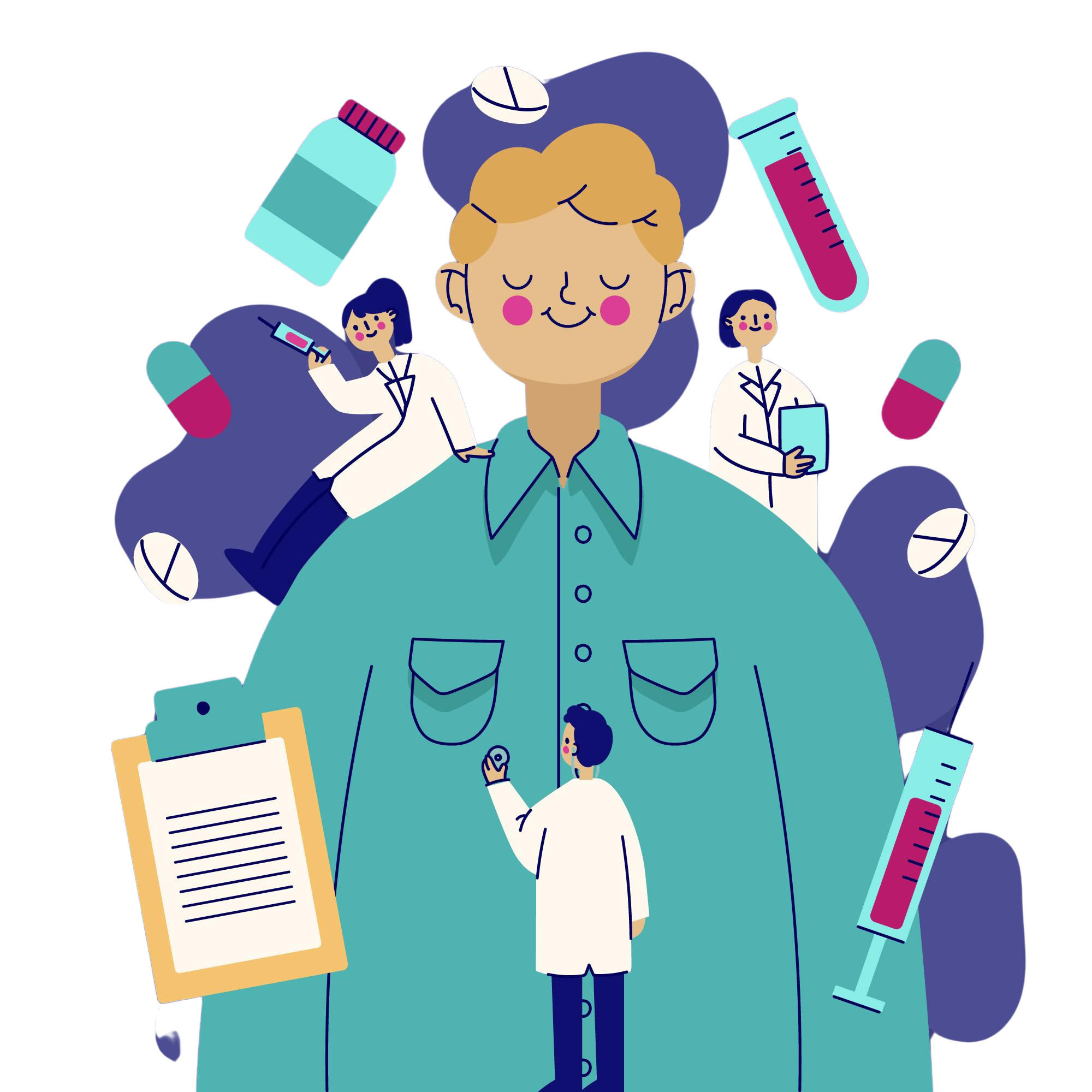
Doctors are required to give “standard-of-care” medicine or lose his/her license and be found guilty of malpractice. Even if the doctor knows a better way to treat you, he/she cannot do so under the current medical system.
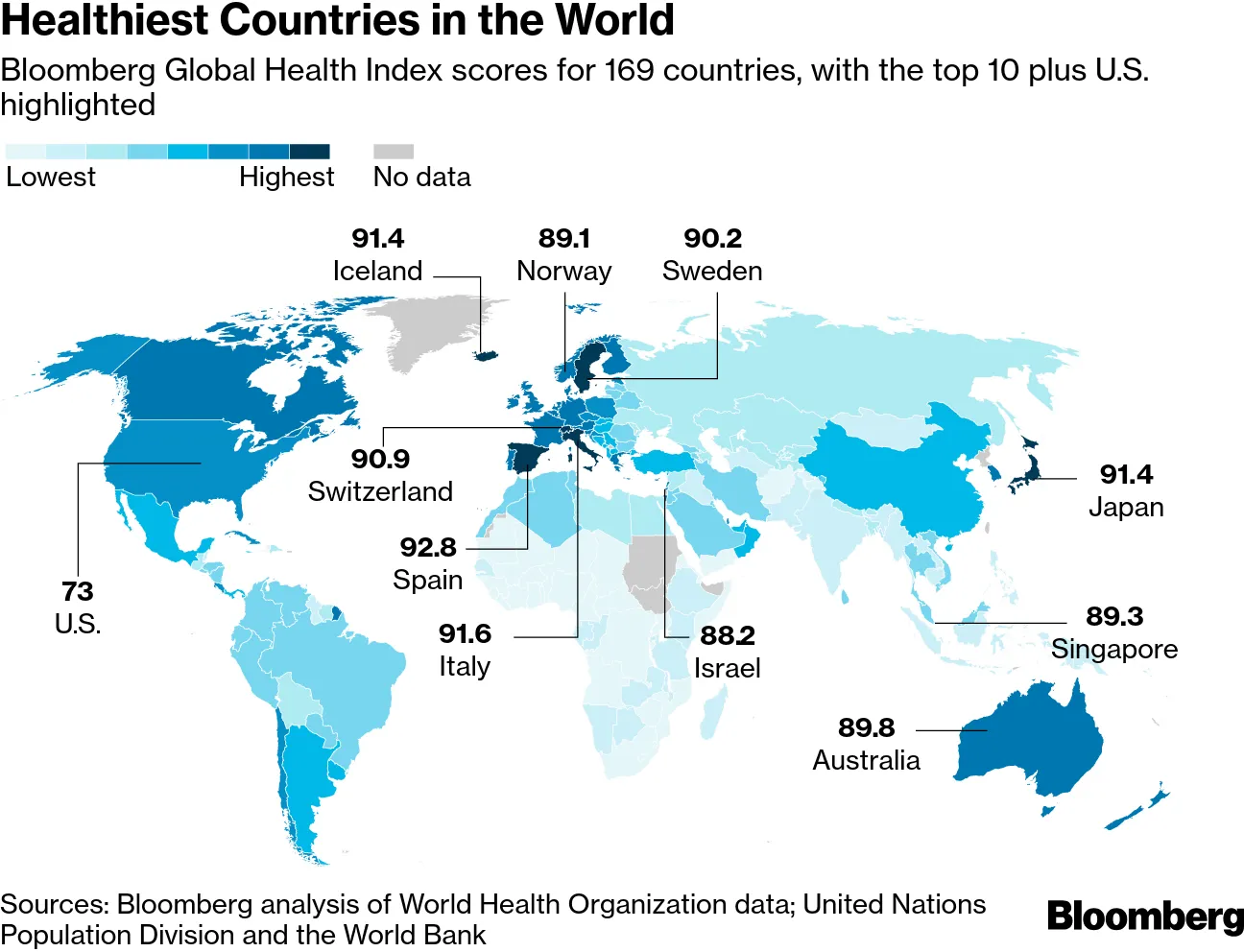
The Bloomberg Global Health Index ranks countries based on several health metrics including life expectancy, causes of death, and health risks such as high blood pressure, tobacco use, malnutrition, and access to clean water. The latest data reveals that Spain tops the list as the healthiest country, benefiting from a robust public healthcare system and the Mediterranean diet, which is rich in healthy fats, fruits, and vegetables. Following Spain are Italy, Iceland, Japan, and Switzerland.
Australia ranks seventh, attributed to its outdoor lifestyle, efficient pollution control, and high sports participation rates. Other countries in the top ten include Singapore, Norway, and Israel. These countries share common features like universal healthcare, emphasis on preventive care, healthy diets, and active lifestyles.
In contrast, the least healthy countries include Serbia, Argentina, Mexico, China, and Turkey, primarily due to issues like poor diet, limited access to quality healthcare, and higher prevalence of non-communicable diseases like diabetes and cardiovascular diseases.
According to the Bloomberg Global Health Index, the top five healthiest countries which have strong healthcare systems and health-promoting cultural practices and their health index scores:
- Spain – Health Index: 92.75
- Italy – Health Index: 91.59
- Iceland – Health Index: 91.44
- Japan (healthiest Asian country) – Health Index: 91.38
- Switzerland – Health Index: 90.93
United States is significantly lower in the rankings, primarily due to high rates of obesity and chronic diseases. Canada ranks 29th with a health index of 89.29.
India is much further down the list, struggling with issues like malnutrition and limited access to healthcare in some regions.
For more detailed insights and the full list of rankings, you can refer to the sources from CEOWORLD Magazine, Data Pandas, and Global Citizen Solutions.
Data Pandas – https://www.datapandas.org
CEOWORLD Magazine – https://ceoworld.biz
Global Citizen Solutions – https://www.globalcitizensolutions.com
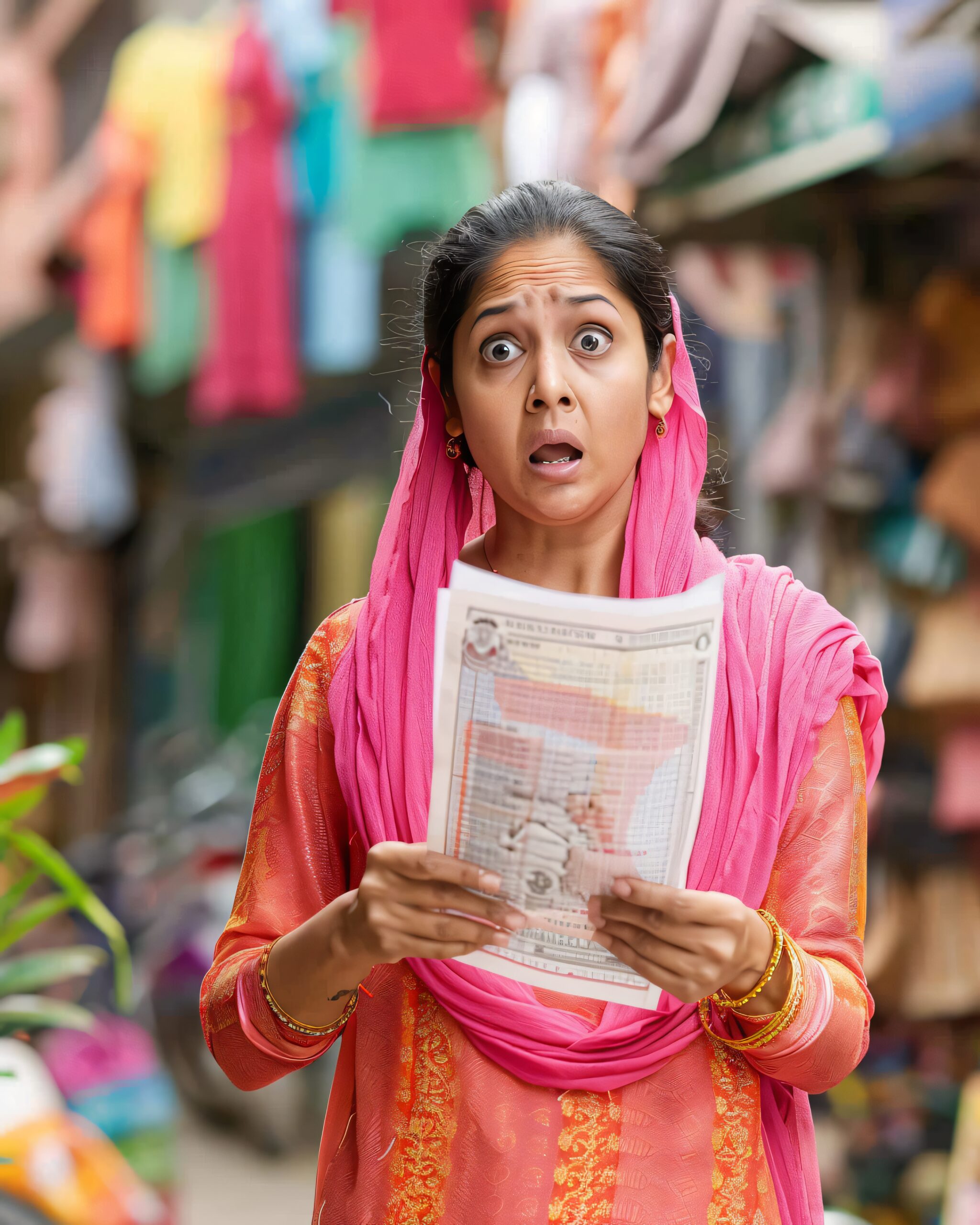
What about India in terms of “HAQ Index”?
The Healthcare Access and Quality (HAQ) Index, developed by the Institute for Health Metrics and Evaluation (IHME) and published in The Lancet, evaluates the quality and accessibility of healthcare across 195 countries based on mortality rates from 32 preventable causes of death. It assigns scores on a scale from 0 to 100.
As of the latest data: India ranks 145th (behind its neighbors’) with an HAQ index score of 41.2. This score reflects poor performance in tackling diseases like tuberculosis, ischemic heart diseases, and chronic kidney disease.
- China ranks much higher at 48th with an HAQ index score of 77.9, indicating better healthcare access and quality.
- Bangladesh ranks 132nd with a score of 47.6, showing significant improvement over the years.
- Sri Lanka stands at 71st with an HAQ index score of 70.6, reflecting strong healthcare performance.
- Bhutan ranks 134th with an HAQ index score of 47.3.
Japan is the healthiest Asian nation, ranking 4th globally with an HAQ index score of 91.38, highlighting its excellent healthcare system and preventive care measures.
The disparities between India and its neighbors underscore the need for India to significantly improve its healthcare system, increase healthcare spending, and address regional inequalities within the country.
Sources:
Hindustan Times – https://www.hindustantimes.com
IndiaSpend – https://www.indiaspend.com
Business Standard – https://www.business-standard.com
LankaWeb – https://www.lankaweb.com
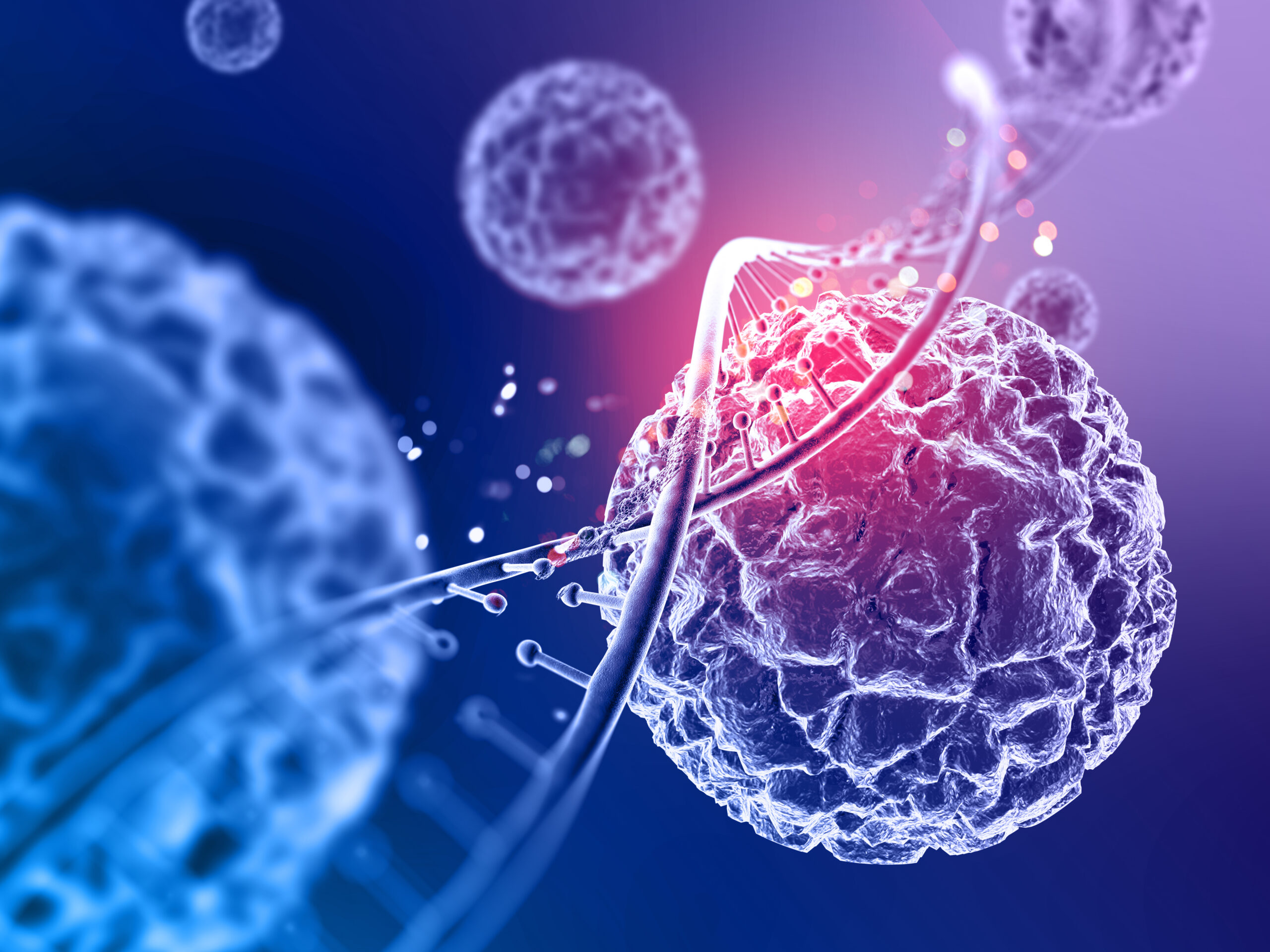
A Better Paradigm
It is a well-known fact that our cells are continuously wearing out and need to be replaced. For example, the cells in the macula of our eyes renew every two days, our gut lining regenerates every three days, our skin replaces itself every six weeks, and our liver refreshes every eight weeks. Even our nervous system undergoes renewal every eight months. Chronic diseases manifest when our bodies lose the ability to produce functional new cells.
The Question: What Does It Take to Make New Cells That Work?
For cells to function correctly, they must maintain a voltage of -25 millivolts. However, creating new cells requires a higher voltage of -50 millivolts. A common trait among chronic diseases is the insufficient voltage needed for cell regeneration. Alongside the necessary voltage, we need the proper materials to construct new cells and eliminate toxins that can damage these cells as they form.
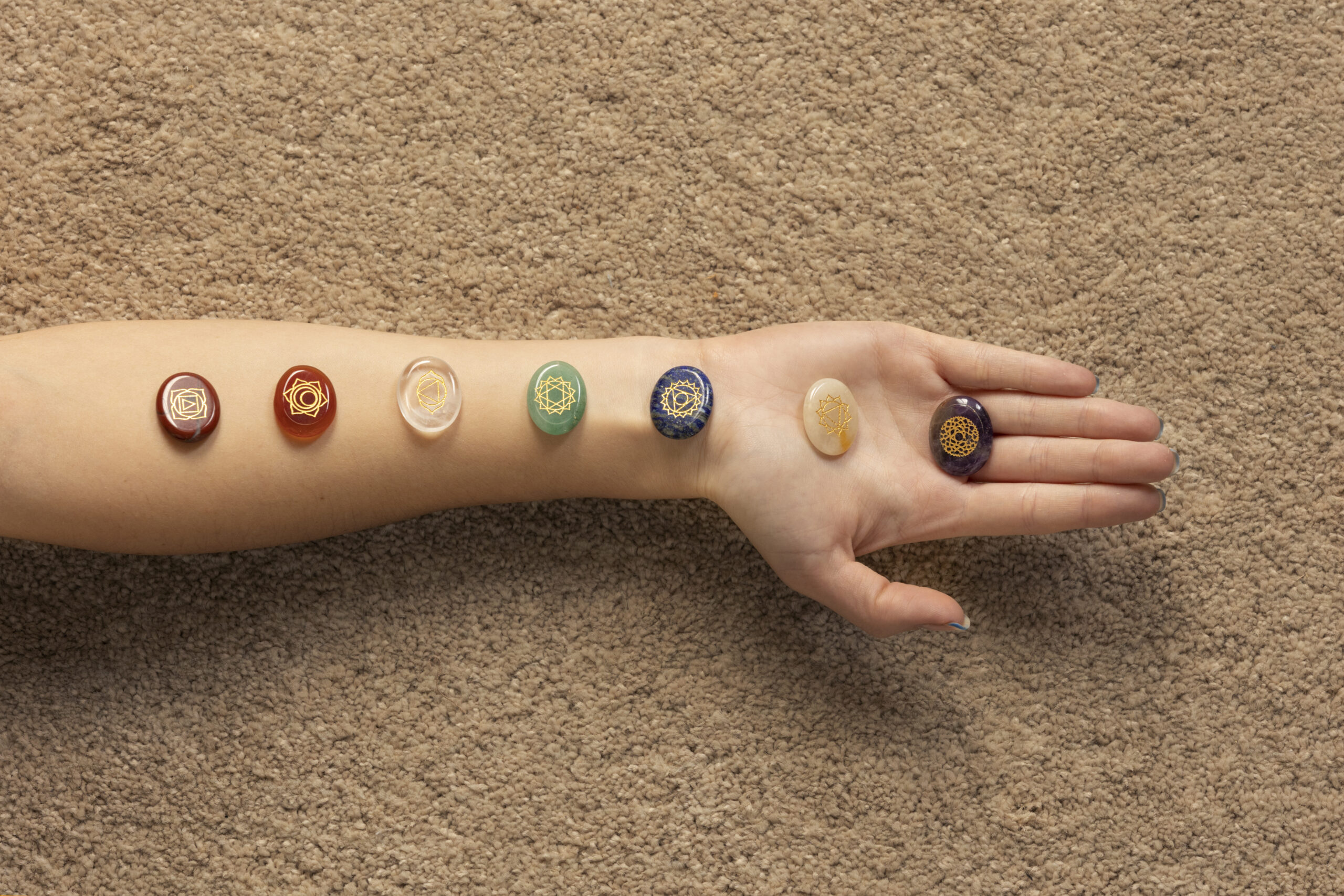
The Process of Healing
Consider a scenario where your thumb is at its healthy voltage of -25 millivolts, but you injure it by hitting it with a hammer. The voltage in the thumb will spike to -50 millivolts to facilitate the creation of new cells. This increased voltage dilates the arterial capillaries, providing the necessary materials for cell repair. This process causes inflammation, characterized by swelling, warmth, redness, pulsing pain, and loss of function. Once the new cells are formed, the voltage returns to -25 millivolts, and the thumb heals.
If the voltage required to create new cells is absent, chronic disease ensues. The thumb would remain cold, pale, and painful, failing to function properly. No amount of medication or surgery can remedy this unless the essential voltage for new cell formation is restored.
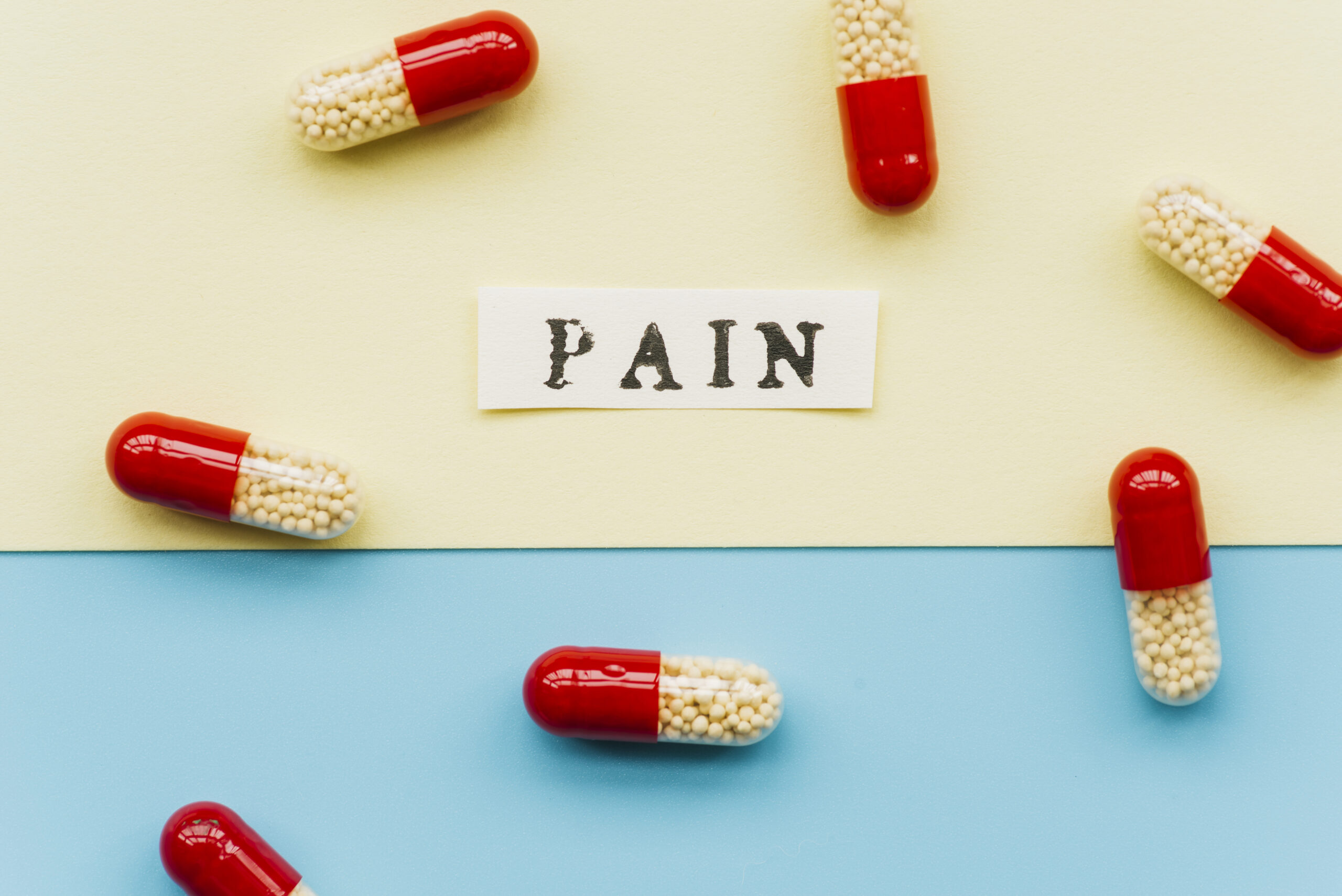
Pain and Voltage
Pain indicates abnormal voltage: pulsing pain signifies high voltage, while constant pain denotes low voltage. Adjusting the voltage with substances like phosphoric acid (to lower high voltage) or baking soda (to raise low voltage) can alleviate pain temporarily. However, the underlying issue causing the abnormal voltage must be addressed to prevent the recurrence of pain.
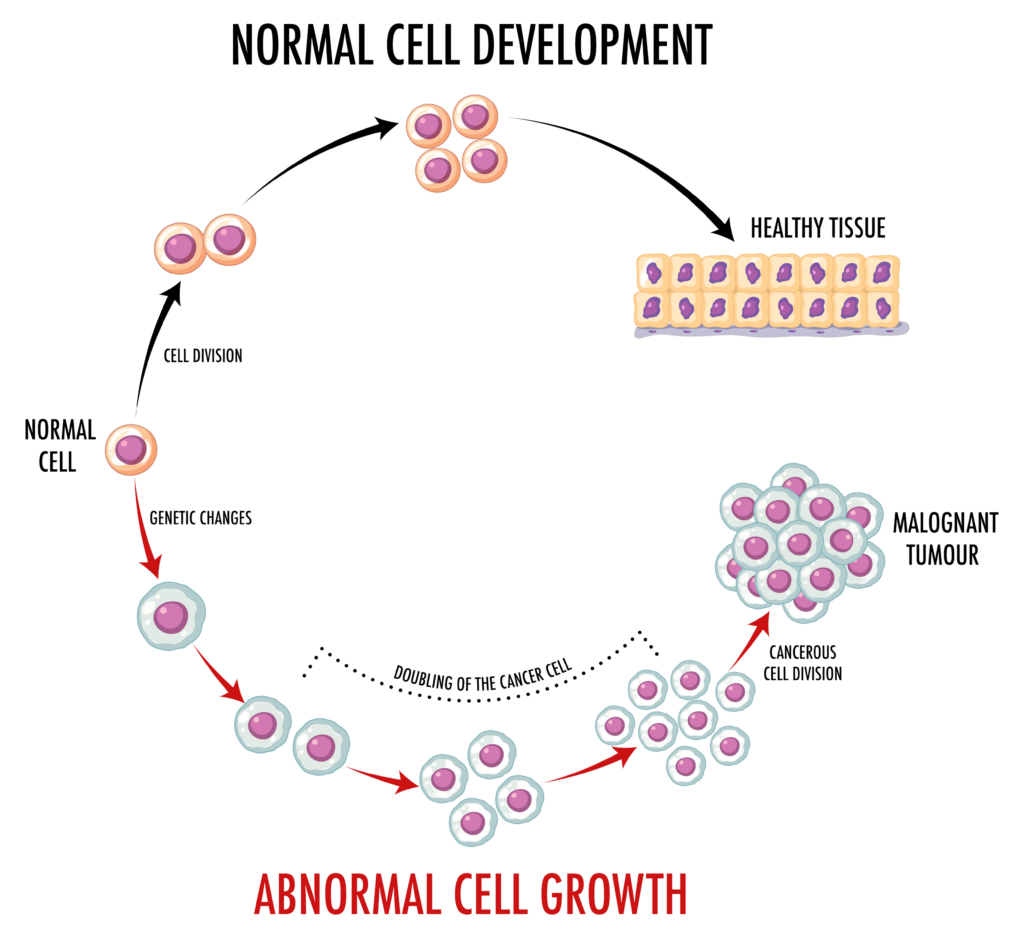
How Do Cells Normally Get Voltage?
Maintaining a cellular environment at -25 millivolts is crucial. Here are ways to influence and maintain the voltage of our cells:
- Nutrient Availability: Ensure all necessary nutrients for cell creation are available.
- Toxin Removal: Eliminate toxins and chemicals from your diet and lifestyle; opt for organic, non-GMO foods, predominantly vegetables, and raw foods to enhance voltage.
- Alkaline Water: Drink pure, alkaline structured water with high negative voltage.
- Natural Personal Care: Avoid chemical-based personal and home care products.
- Grounding: Walk or stand barefoot on natural surfaces like sand, grass, or soil to absorb the earth’s voltage.
- Swimming: Swim in moving streams to increase voltage.
- Human-Animal Interaction: Touching healthy pets or trees can transfer voltage to your system.
- Exercise: Exercise generates electrons through the piezoelectric effect. These electrons are transported to organs and cells via the Perineural Nervous System, the Acupuncture Meridian System, and through the blood.
Our bodies are remarkable vessels, capable of amazing processes. Remember, “Healing is Voltage.”
By understanding and maintaining the necessary voltage for cell regeneration, we can significantly influence our health and tackle chronic diseases more effectively.
